Taking photos with clean horizontal lines is hard.
Most photographers struggle with crooked horizons and uneven compositions that ruin otherwise good shots. This problem can make your photos look unprofessional and take away from their impact.
Learning proper horizontal line techniques will fix these issues. When you master these methods, your landscape photos will look polished, balanced, and much more appealing to viewers.
Your skills will stand out from casual photographers who don’t pay attention to these details.
This post will show you simple ways to get perfect horizontal lines in your photos. You’ll learn how to use tools like grid overlays, bubble levels, and post-processing tricks that can turn ordinary images into stunning ones.
What Is Horizontal Line Photography?
Horizontal line photography focuses on capturing straight, level lines across your image frame. It’s all about making sure the horizon and other key horizontal elements in your photo are perfectly straight.
This type of photography is often used in landscapes, architecture, and seascapes, where a tilted horizon can make the whole image look off.
When done right, horizontal line photos create a sense of balance and calm.
The human eye naturally looks for level lines, so when your photo has them, people find it more pleasing to look at. Getting these lines straight isn’t just about being neat; it helps tell your visual story better and shows your attention to detail.
Good horizontal line photography makes viewers feel grounded rather than disoriented when looking at your images.
The Psychological Impact of Horizontal Lines
Straight lines that run from left to right in photos can significantly impact how people perceive your work. These lines do much more than just look good; they affect viewers on a deeper level.
- Horizontal lines in photos create a sense of stability and safety. Our brains link these lines with solid ground and restful states.
- These lines slow down eye movement across the photo, which helps create a calm feeling. This is why beach and ocean photos often make us feel peaceful.
- When you use these lines in your photos, you’re not just making a pretty picture; you’re setting a mood. This mood becomes part of the story your photo tells.
- Photos with strong horizontal elements can help viewers feel grounded, which makes your message clearer.
- The stillness these lines create gives viewers time to take in all parts of your image without feeling rushed.
Achieving All Types of Horizontal Line Photography
| Type | Description | Camera Settings | Impact |
|---|---|---|---|
| Horizon Lines | The most basic form, where the line between sky and land/water is perfectly level | Use grid overlay, aperture f/8-f/11 | Creates a sense of order and calm; grounds the viewer |
| Architectural Lines | Man-made horizontal structures like bridges, buildings, and walls | Use tripod, aperture f/5.6-f/11 | Emphasizes human design and structure; shows scale |
| Layered Horizons | Multiple horizontal lines stacked in the frame | Wide-angle lens, aperture f/8-f/16 | Adds depth and dimension; guides the eye through the image |
| Low Horizon | Placing the horizon in the bottom third of the frame | Rule of thirds grid, polarizing filter | Creates a sense of vastness; emphasizes the sky |
| High Horizon | Placing the horizon in the top third of the frame | Rule of thirds grid, aperture f/8-f/11 | Draws attention to ground elements; creates intimacy |
| Water Lines | Horizontal patterns created by still water surfaces | Early morning/evening light, tripod | Adds a mirror effect; doubles the visual impact |
| Leading Lines | Horizontal lines that lead the eye to a focal point | Wide-angle lens, aperture f/8 | Directs viewer attention; adds movement to the image |
| Minimalist Lines | Single, clean horizontal line dividing the frame | Use ND filters, longer exposure | Creates a strong, simple statement; feels peaceful |
Settings for Horizontal Line Photography
The places where you shoot can make all the difference in horizontal line photography. Each setting brings its own features that can be used to create striking horizontal compositions.
The right location can provide natural lines that make your photos stand out. Choosing a good spot is just as important as your camera technique. Where you shoot affects what kind of horizontal lines you’ll capture and how they’ll appear in your final image.
Some places offer clear, defined lines while others present more subtle ones. The setting also determines the mood and story of your horizontal line photographs.
Settings for horizontal line photography include:
- Beaches and coastlines – Where sand meets water, creating perfect natural horizons
- Open fields and prairies – Flat landscapes with clean horizon lines against the sky
- Lakes and still bodies of water – Offers both horizons and mirror-like reflections
- Desert landscapes – Flat sand or salt flats create minimal, sharp horizons
- Urban cityscapes – Building tops against the sky form man-made horizontal lines
- Highway and road scenes – Long stretches of roads provide strong horizontal elements
- Agricultural fields – Rows of crops and field boundaries create natural patterns
- Mountain ridges – Distant mountain tops form natural horizontal silhouettes
- Ocean horizons – The classic meeting point of water and sky
- Piers and docks – Man-made structures extending into water create strong lines
Inspiring Examples of Horizontal Line Photography
Let’s look at some real photos that show horizontal lines at their best. These examples will help you see how different photographers have used this technique to create stunning images that catch the eye.
1. Beach Horizon at Sunset
Capture the horizon where the sea meets the sky, emphasizing the smooth, uninterrupted line.
The soft gradient of the sunset sky adds depth, and the calm water reflects the hues, creating a balanced composition. Use a low-angle shot to highlight the contrast between water and sky.
2. Mountain Ranges with Snow-Capped Peaks
A landscape shot with long, horizontal mountain ranges can evoke serenity and vastness.
Ensure a clear, unobstructed foreground to draw attention to the line of peaks. To achieve this, shoot from a high vantage point and use wide-angle lenses for depth.
3. Urban Skyline at Dusk
Photograph a cityscape with the skyline stretched across the frame. The horizontal lines of buildings, streets, and lights should guide the viewer’s eye from one side to the other.
4. Field of Wheat or Crops
Rows of crops or wheat offer excellent horizontal lines.
The consistency of the rows creates a visual rhythm, so choose a time when the light is soft, like early morning or late afternoon.
5. Abstract Lines in Construction
Look for horizontal lines in modern architecture, like long corridors, windows, or repetitive patterns in building facades.
Adjust the perspective for a minimalistic and clean image that emphasizes the geometric design.
6. Desert Dunes at Sunrise or Sunset
The smooth curves of desert dunes can be captured as flowing horizontal lines that appear almost endless.
The warm, changing light of sunrise or sunset casts shadows across the dunes, adding texture. Use a tripod and shoot at a low angle to exaggerate the curves and smooth lines.
7. Railroad Tracks Leading to the Horizon
A powerful image that evokes both movement and stillness. Use leading lines railroad tracks or roads, stretching horizontally into the distance.
Position yourself at a spot where the tracks converge at the horizon, and shoot with a wide aperture for a sharp focus that gradually blurs the background.
Key Takeaways
Taking great horizontal line photos isn’t complicated once you know the basics. You have seen how straight lines create feelings of calm and stability in your images, and the many types of horizontal compositions you can try in different settings.
Remember, the key is to keep your horizons level and choose the right location for the effect you want. Whether you’re shooting at beaches, city skylines, or open fields, horizontal lines can make your photos more powerful.
What’s next? Practice using your camera’s grid feature or try a bubble level attachment. Start with simple scenes like beach horizons before moving to more complex compositions.
Why not share your horizontal line photos in the comments below? I’d love to see how you apply these techniques in your photography!



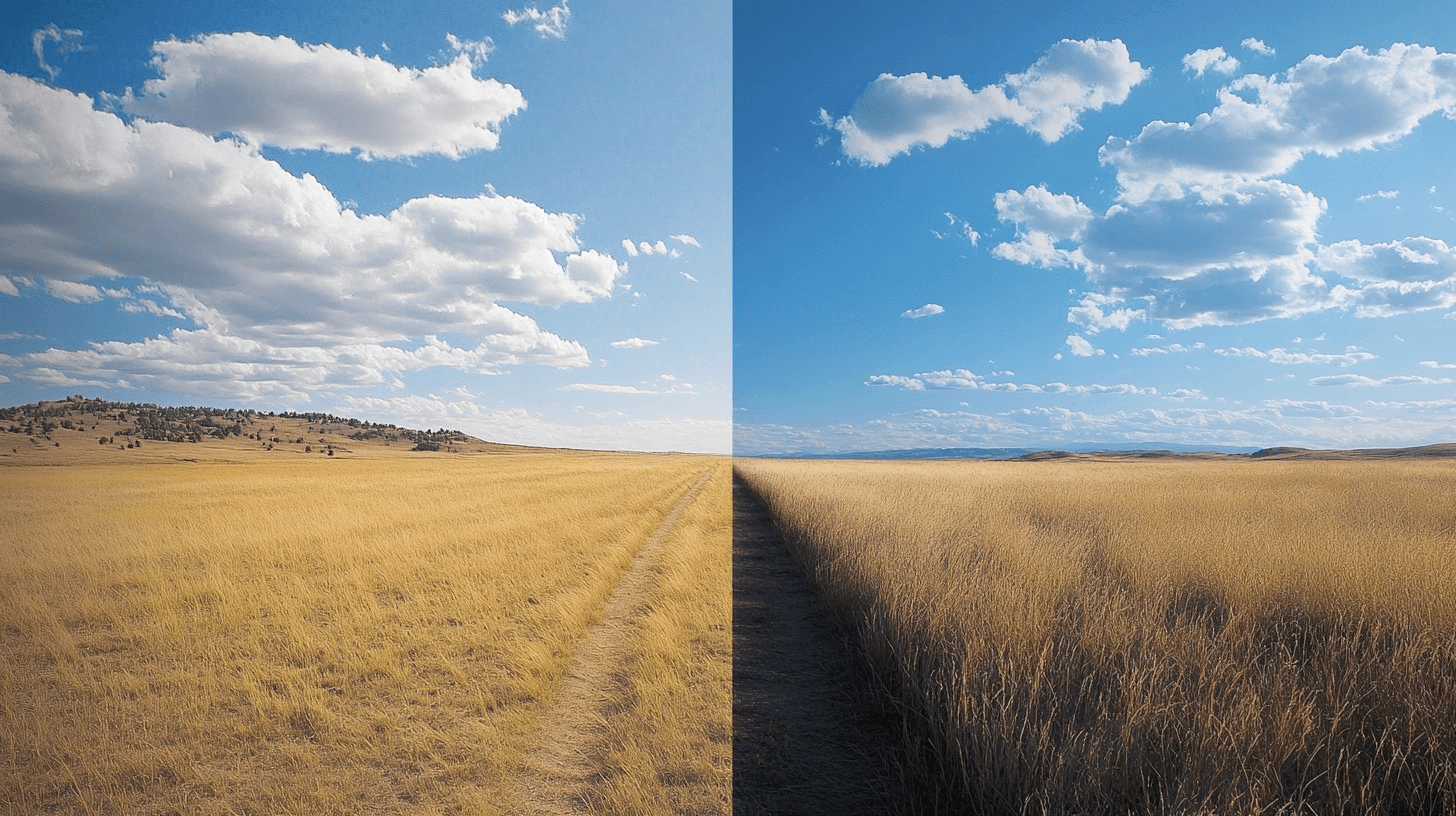
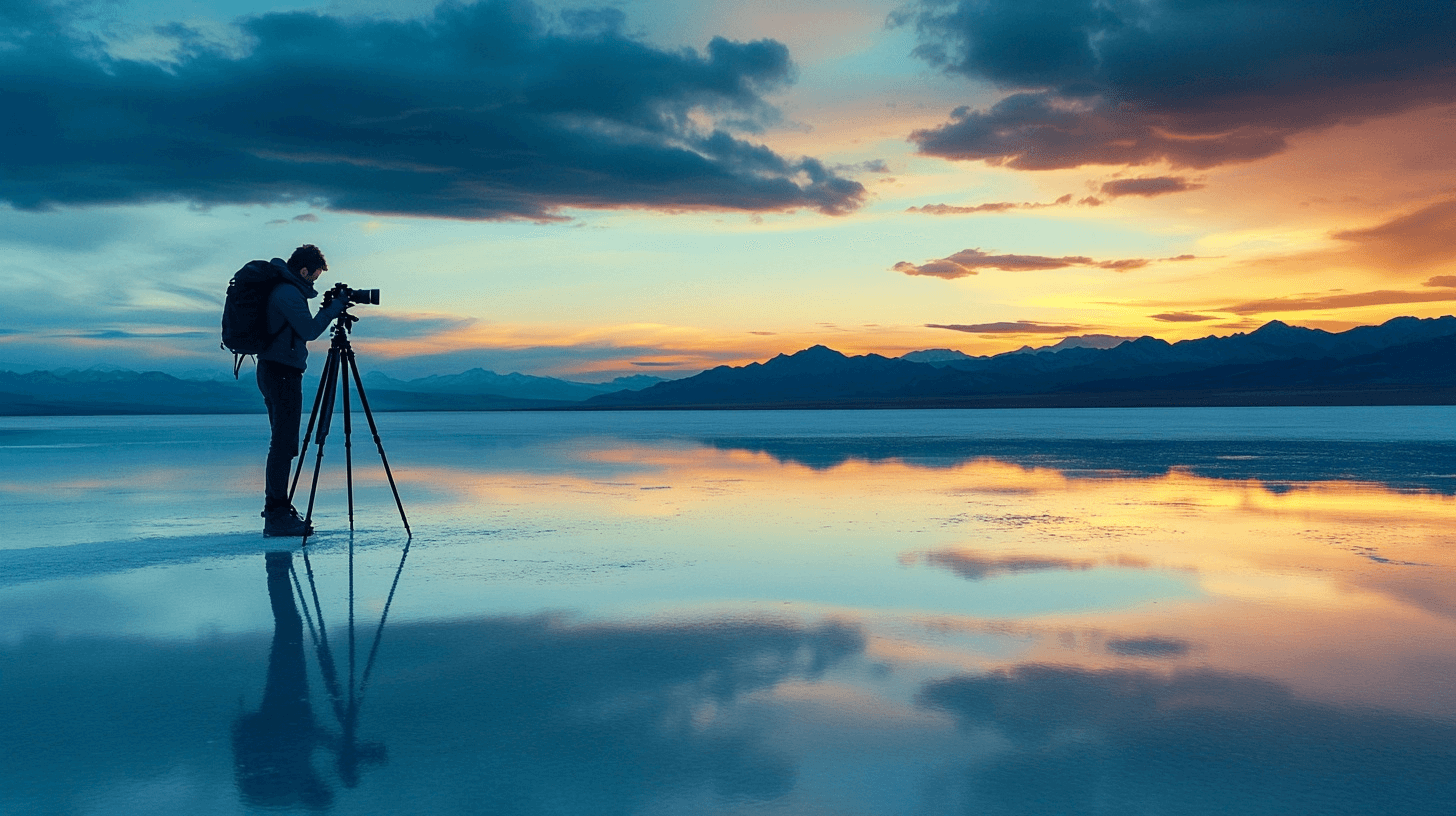

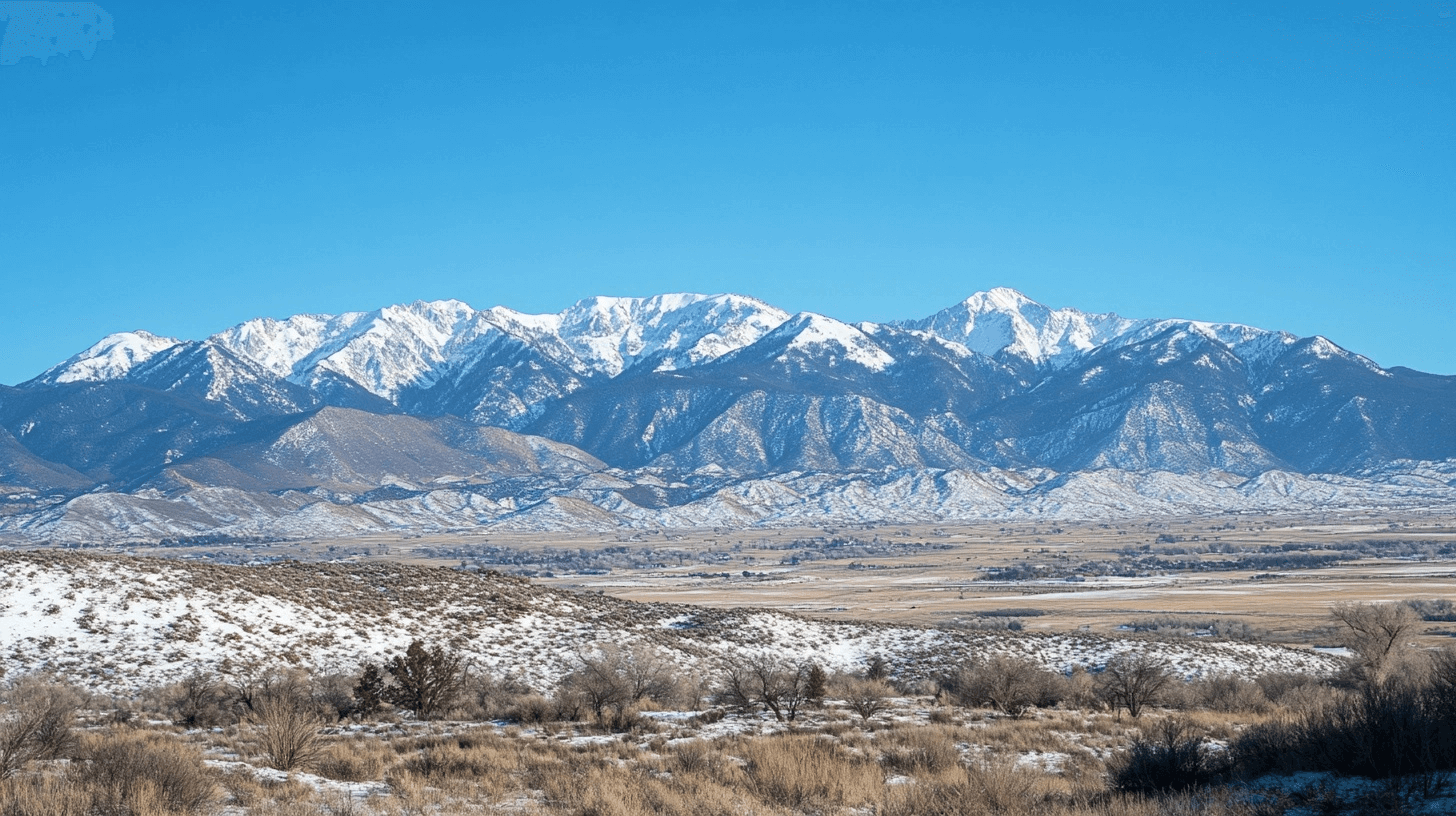


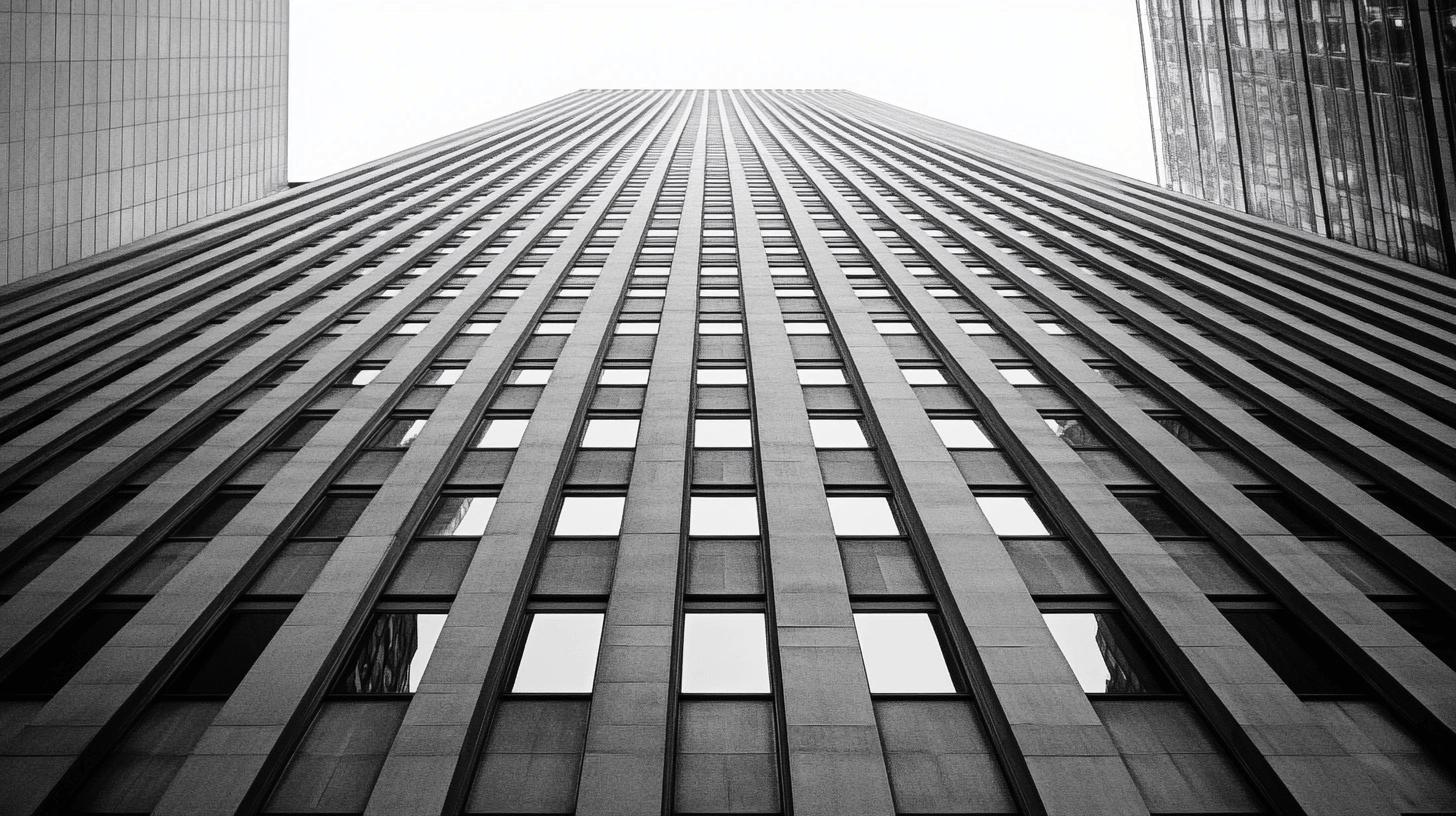

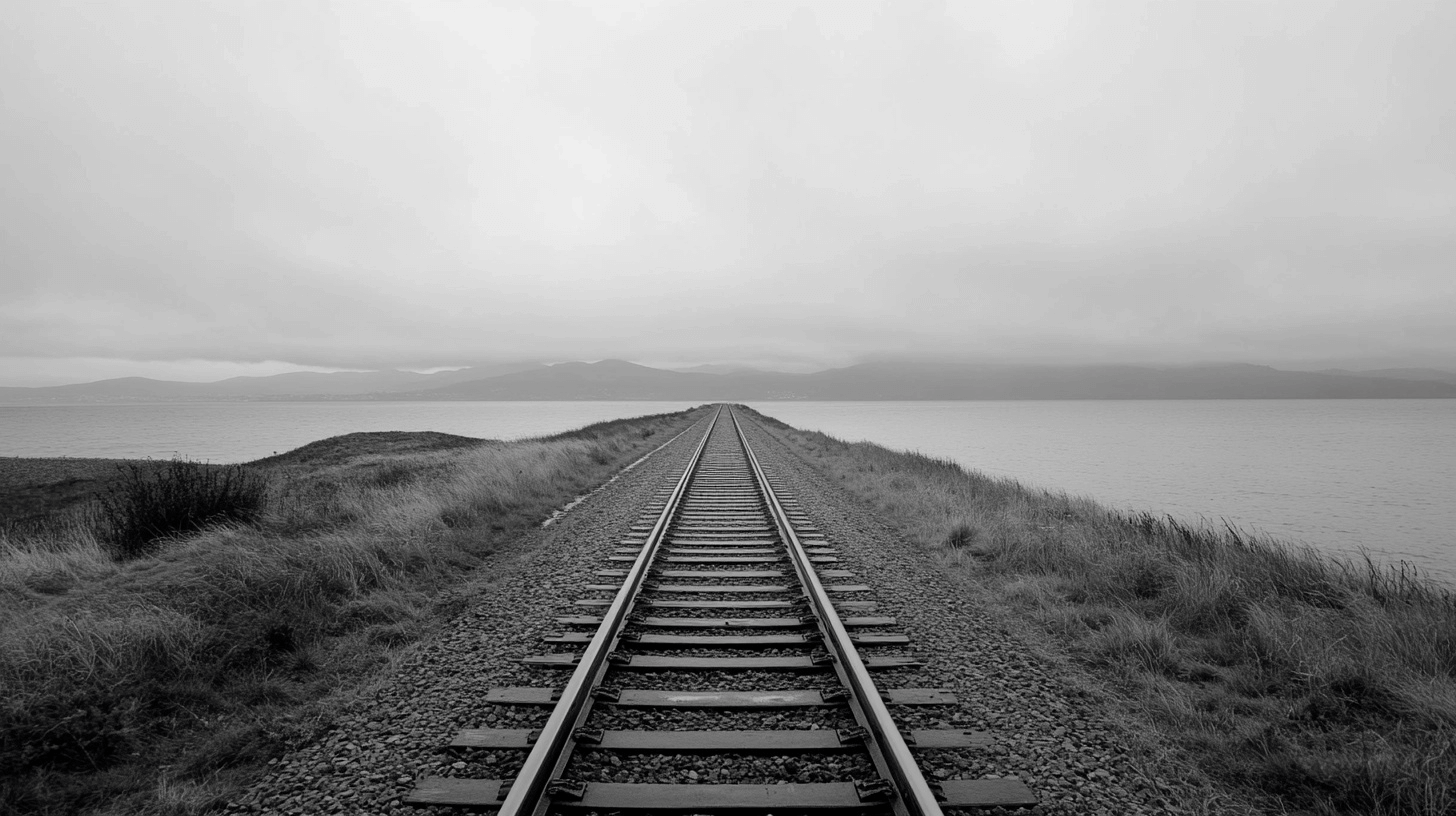
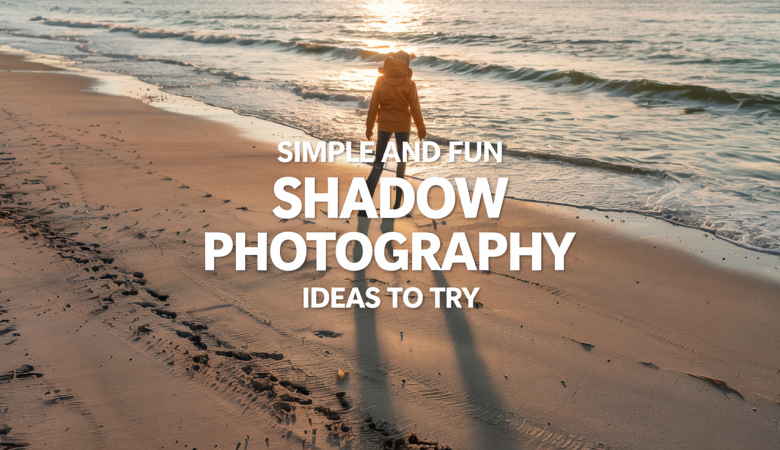
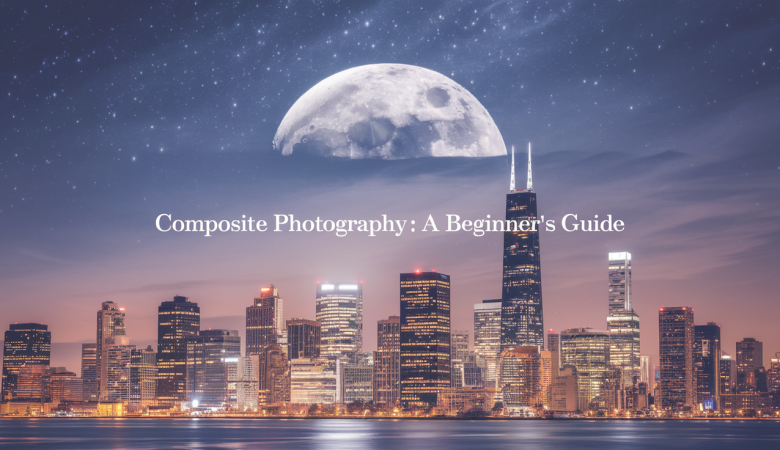

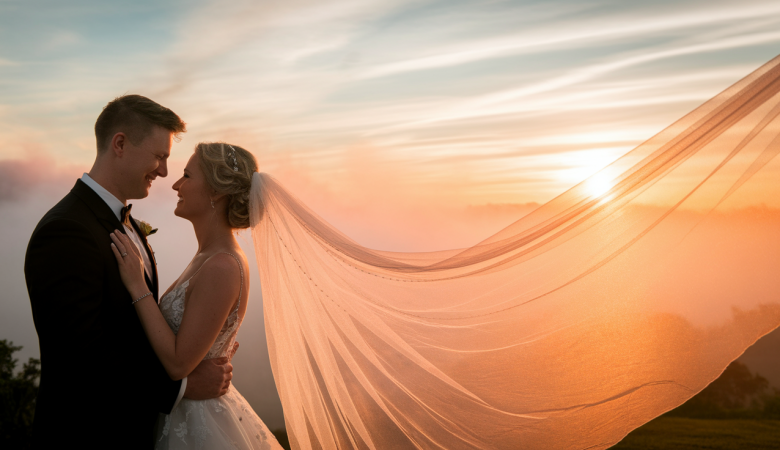
Leave a Reply